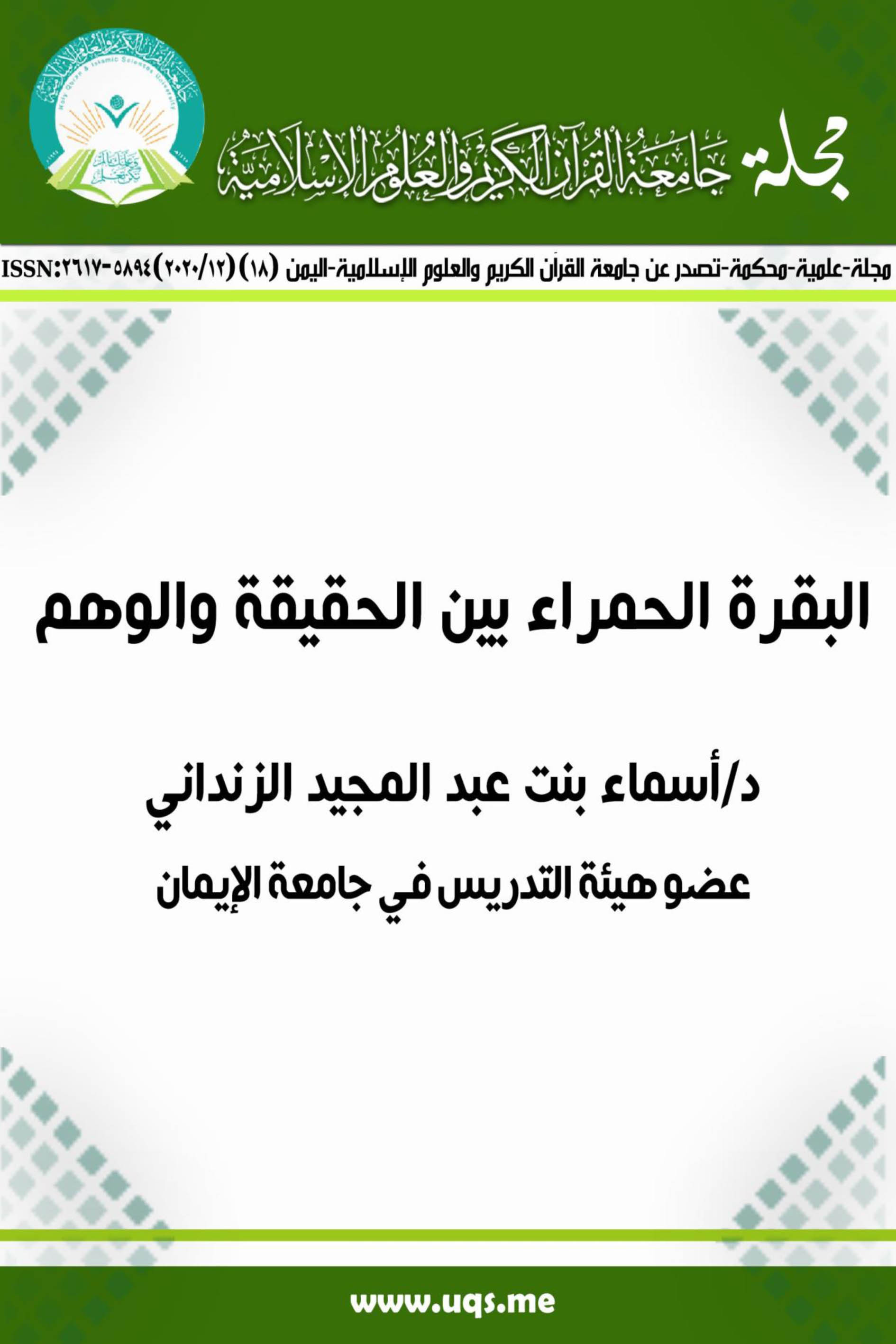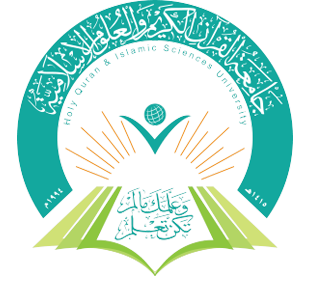The Red Cow Between Truth and Illusion،
DOI:
https://doi.org/10.61821/35xkwa64Keywords:
The Red Cow, Talmud, Islamic Sources, The Temple, The Happy Millennium.Abstract
This research is titled: The Red Cow Between Truth and Illusion،
and the purpose of it is to explain the truth of the Red Cow in the
books of the Jews and to know what they are planning accordingly .
The research contains two chapters. Each chapter includes the
following:
As for the first chapter: the red cow has mentioned its detailed
provisions in the Torah and Talmud، and its importance for the Jews
to cleanse them of impurity through its ashes، as well it mentioned the
Jews waiting for the birth of the red cow according to the
specifications contained in the Torah and Talmud، which will be a
sign of building the Temple
I concluded this chapter by mentioning the cow of the Children of
Israel in the Islamic sources and showed the similarities and
differences with what was mentioned in the sources of the Jews، and
what is more correct.
As for the second chapter: I mentioned the Jewish Temple and
explained what is happening today in terms of the feverish movement
to build the Third Temple in the Alharam Almaqdesi .
The truth about the temple was mentioned as a place of
worshiping God. It showed the relationship between the appearance
of the red cow at the temple، and the happy millennium that the Jews
and Christians claim that Christ، peace be upon him، will rule the
earth for a thousand years، and then the error of that belief was
demonstrated by evidence from the Qur’an and the Sunnah.
The most prominent results of the research were the invalidity of
what the Jews mentioned about the appearance of the red cow and the
invalidity of what they claim of the consequential events، and it was
found that they link the appearance of the red cow with the
construction of the temple and that the cow of the children of Israel
mentioned in it differs from that mentioned in the books of the Jews.
Downloads

Downloads
Published
Issue
Section
License
©This article is an open access article distributed under the terms and conditions of the Creative Commons Attribution (CC BY) license



